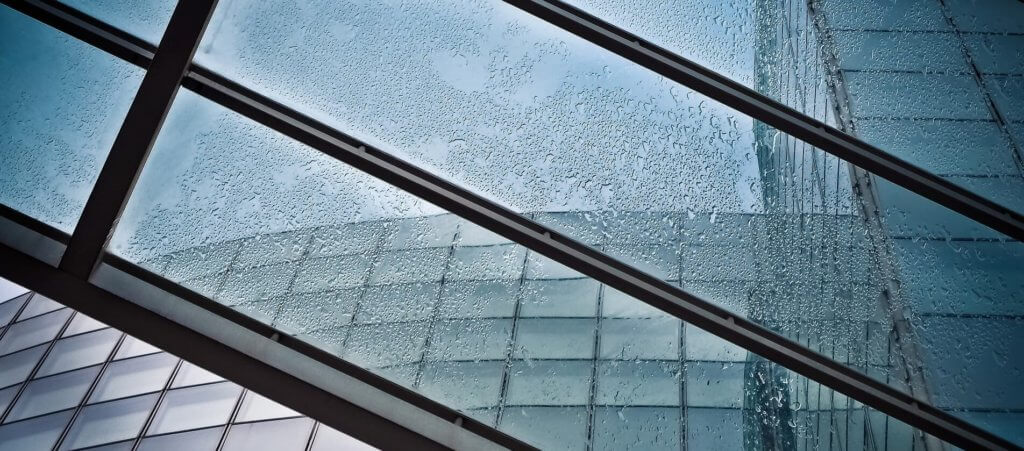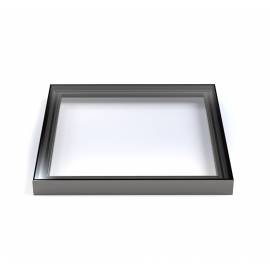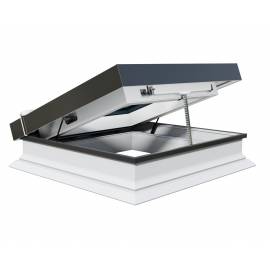When choosing the ideal rooflights for your home, there are a few factors that have to be taken into consideration. Of course, the type of your roof is the first thing to keep in mind as there are different models of roof windows available for pitched and flat roofs. The amount of light you want to let in is another important thing because it will influence the size of your new rooflights and their location as well. And finally, you have to make sure that the rooflights you choose are well-suited for the use you have in mind.
Walk-on rooflights are definitely a must in areas with a lot of foot traffic, but when your roof is accessed only for regular cleaning and maintenance, such safety measures may not be necessary. In this case, a non-fragile rooflight may be a better solution. But to be able to pick the right one, you need to learn more about the differences between them first.
Table of Contents
Walk-on rooflights
Walk-on glazing is useful in areas like roof terraces when you want to let daylight into the room below without limiting the space available on the roof. Such rooflights are manufactured with specially toughened glass in order to make it more durable and capable of withstanding the weight of people walking over its surface. But remember that since commercial areas get more foot traffic, the specifications required of walk-on glass used in commercial buildings will be different than that for domestic use.
Non-fragile rooflights
But not all rooflights and glazing are placed in areas that are easily accessible or open to pedestrians. Rooflights that are not intended to be walked on don’t have to be strong enough to endure regular foot traffic. There are several types of non-fragile glass available on the market, and since the level of safety you can count on depends on their classification, it’s important to know what exactly each class has to offer.
- Class 1: Even though glass belonging to this category isn’t designed to support heavy weights for an extended period of time, it’s perfectly capable of withstanding being walked on during maintenance and cleaning without risking damages.
- Class 2: This type of glass is not strong enough to support the weight of someone standing on top of it, but it offers enough protection to make sure that when someone falls onto the glass, it won’t break.
- Class 3: Such rooflights don’t offer sufficient protection, and they are susceptible to damages. That’s why they shouldn’t be installed in easily accessible places without additional safety precautions.
How to choose the right type?
There’s no denying that the price always plays an important role when it comes to purchasing windows, but it should never be the deciding factor. Especially in case of rooflights when low quality can pose a threat to your safety. That’s why you should always realistically estimate the amount of traffic that can be expected and make sure that the chosen option is capable of supporting it. And remember that if you’re not sure what solutions are the best in your case, you can always ask for expert advice.
Other products in category: Flat Roof Windows
£809.17 tax excl.
Other products in category: Flat Roof Windows
£779.17 tax excl.


